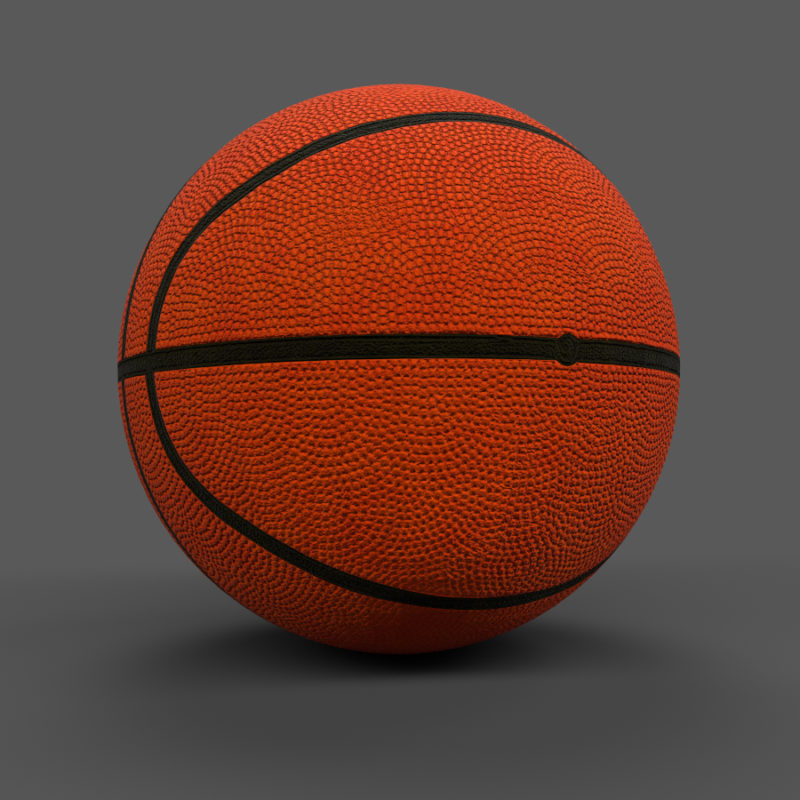
I also applied that same texture to my main material's Reflection Roughness map to add a few more imperfections on top of the layer-lines bump map.

I fed a B&W JPG texture of scratches through an RS Curvature node to apply them only to edges with a certain angle. Objects are also more susceptible to get scratches on their outer edges if they were to have any. However, there are often cases where it's nice to have them. Product photography is often perfect and without scratches. For objects such as the one used in this demo, there is very little difference since, other than its base, there are no sharp corners.

I have added a RS Round Corners node to my material to emulate a similar bevel. Step 4: Rounded Cornersĩ0-degree sharp angles have a very small bevel to them, which is subtle but still affects how light hits the object and corners. The final step in this material study is to add the same imperfections that you would see on an SLA print. While the SLA printers can create incredibly detailed and precise small parts, no physical object is perfect and no edge or corner has perfect angles. The scale of the bump map can be adjusted to reflect the size of the object Imperfections They are less noticeable than on DLP or FDM prints, but they can still be seen on macro shots.Ĭlose up of the layer lines. SLA printers create incredibly small layer lines on their prints since they print one layer at a time with a precise laser. I've explored setting a light purple to 0.25 opacity to add a very subtle extra translucency to the material. This effect adds a lot of value in cases where there are paper-thin edges, but for denser objects like the one used in this demo, a true SSS should be used to simulate real light absorption. This will emulate a cheap subsurface scatter that works well for thinner parts. Optionally, we can set a Back-lighting/Translucency color to push the thin edges' translucency even further. The color you apply here will be the back-facing diffuse color of the surface, so set it to a lighter version of your desired object's color. The default Reflection channel gives it a really glossy look right now, which we will take care of in later steps. You can already start seeing the wax-like material with its lighter edges and light absorption properties. A default material with Subsurface Scattering applied to a 3D object.


 0 kommentar(er)
0 kommentar(er)
